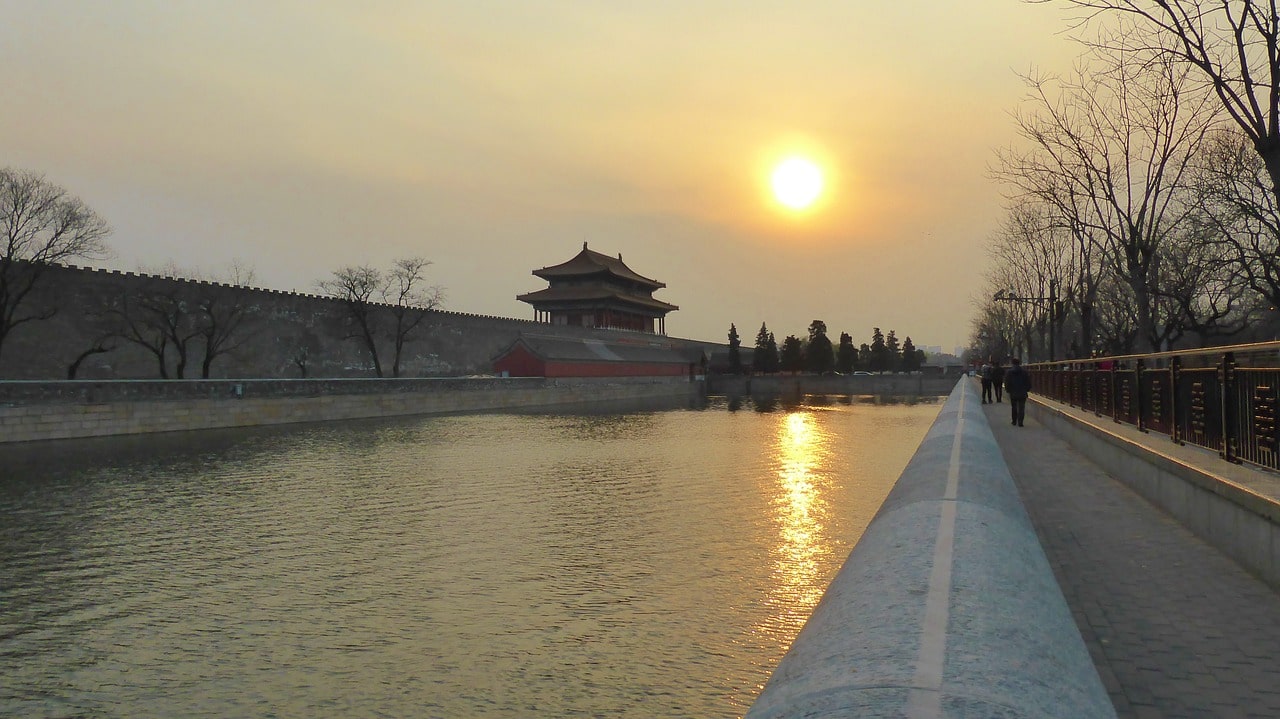Beijing and its millions of citizens are running out of water. The city’s residents have a heavy reliance on groundwater which is causing the land to subside. In addition to this problem, most of Beijing’s surface water is too contaminated to use.
As China grows the water scarcity is expected to get worse. Previously the city had springs everywhere with rice paddies. Now the population has increased to the point that abundant water supplies have depleted.
A vast amount of untreated wastewater has also been discharged in Beijing in 2015. This resulted in the water being ruled as unsafe for agricultural and industrial use.
A South-to-North water diversion project was implemented and provided the bulk of Beijing’s water supply, but China’s water demand has increased to a point where additional solutions are required for the city to sustain itself.
Additional Efforts to Support the Sustainability of Water
Other efforts have been made to advance Beijing’s water supply. Rate increases for heavy industrial users and educational programs were introduced to minimize the water usage.
Strategies to solve the problems surrounding agriculture and pollution will need to be set in place to ensure the future of developments. To combat pollution, the Ministry of the Ecological Environment, will implement new laws and set up monitoring systems. They will also take charge of the South-to-North water diversion project.
Currently, it seems as if China manages the demand through linked water structures. Developments to the South-North Water Transfer Project identifies hundreds of smaller water reservoirs and canals that are under construction with the purpose of increasing water supply. They are connecting water systems to move the water where it is needed and where it can be efficiently used.
Beijing has water but it needs to be managed far more efficiently. Pollution control and adequate usage will aid in change and deliver the progress they desire.
Get water cooler price and water dispenser from Living-Water in London.






